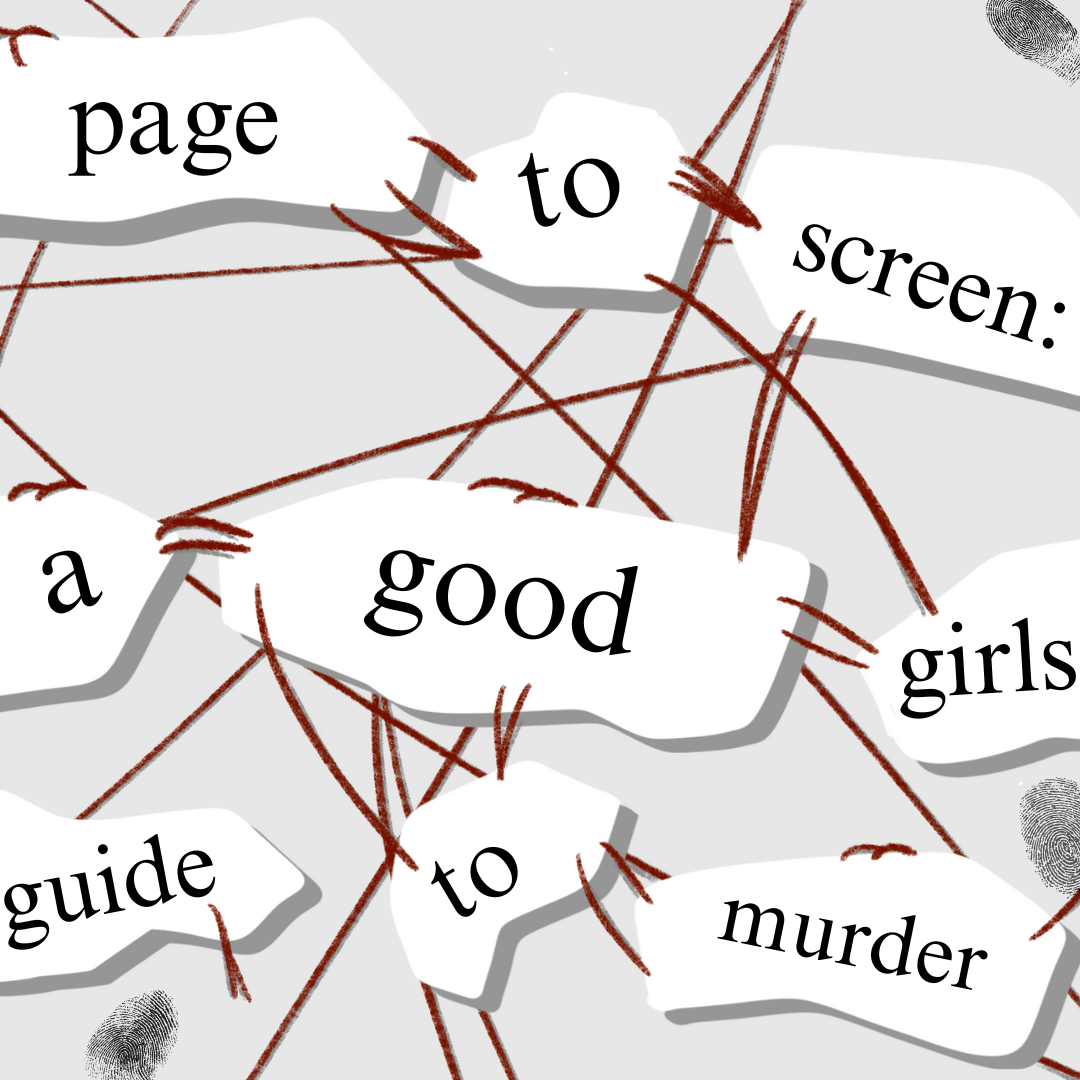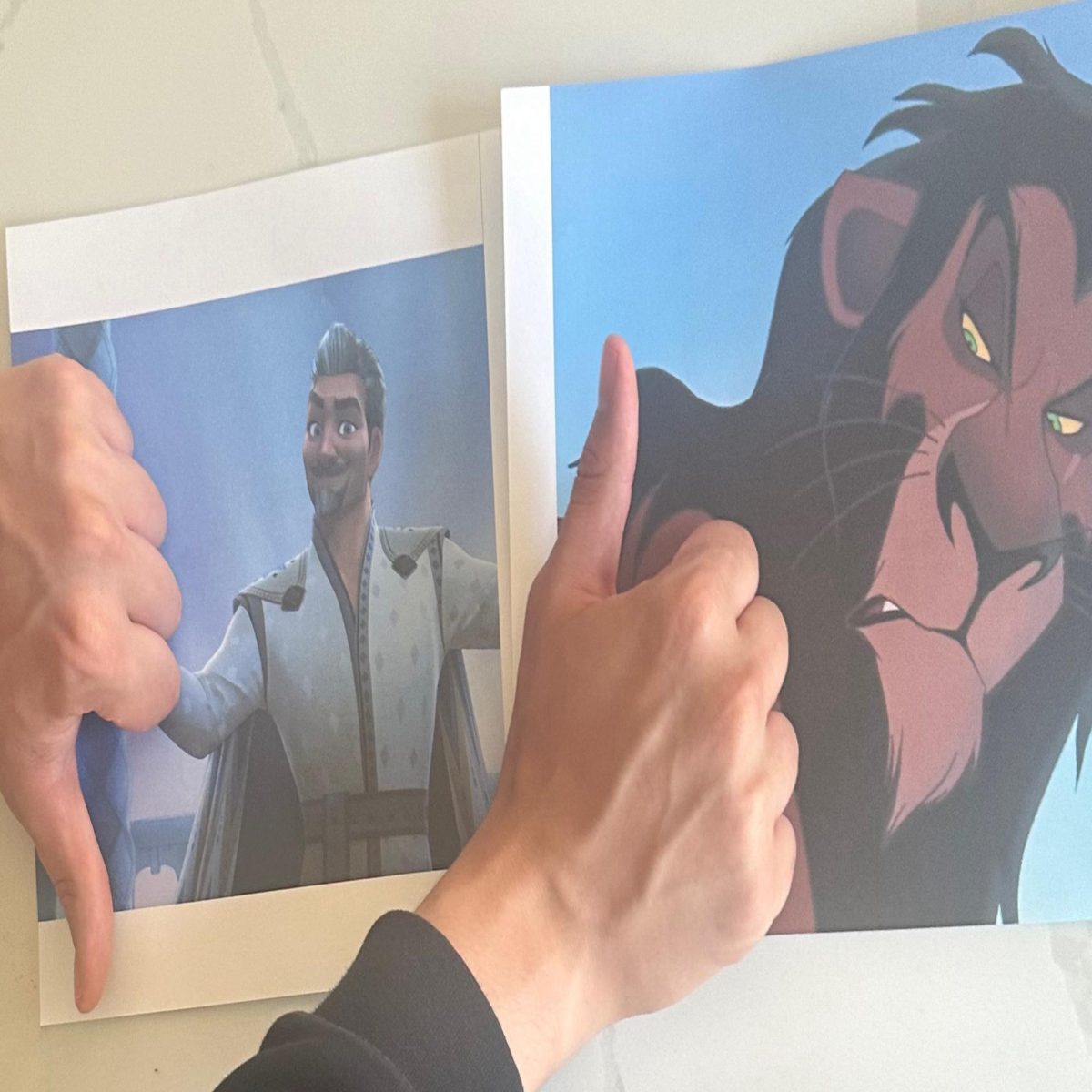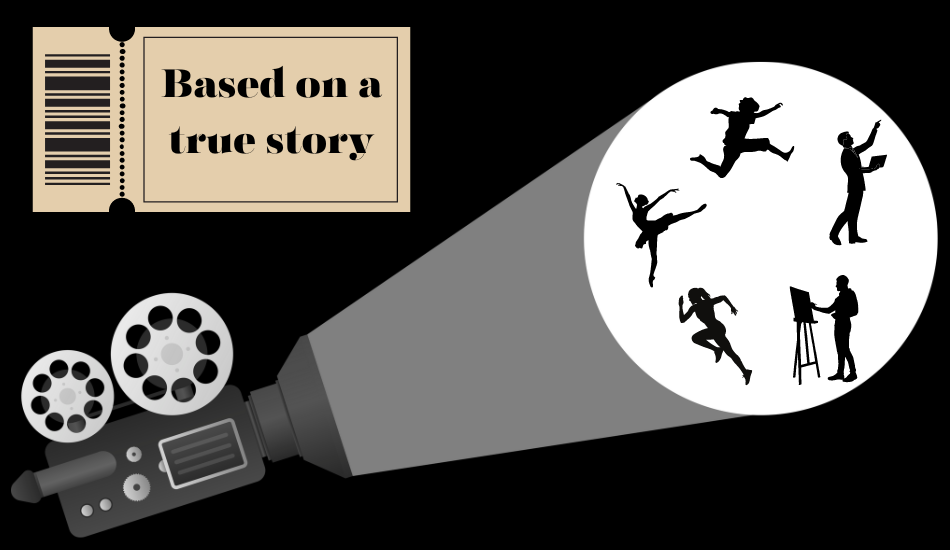What is Method Acting?
Method acting is a technique actors use to fully immerse themselves in a role. It involves a variety of strategies to capture the physical, emotional and behavioral aspects of a character.
Method acting was first known as “The Method.” It was built on the “system” of acting established by Russian theater expert Konstantin Stanislavski. Stanislavski emphasized experience over representation, allowing actors to seek inner motives to justify action and define what the character aims to achieve at any point in time (a “task”). Some techniques used in Stanslaviski’s system include emotion memory, sense memory, inner monologue and substitution.
Emotion memory refers to drawing from personal memories or experiences to summon emotions used during the performance. Sense memory involves channeling the actor’s five senses to experience and react thoroughly to circumstances in a scene. Inner monologue is building internal dialogue that accurately reflects the thoughts and feelings of a character. Substitution is at the heart of method acting, making us question whether an actor is just acting. It’s the process of exchanging personal experiences for those of the character. Each technique requires actors to tap into their vulnerability to fully absorb their role.
For the Joker’s character, method acting is a fitting approach. The Joker is a complex character without a sole origin story. Each movie features a different interpretation of the character, but there’s no denying that the Joker has an incredibly deranged persona. Playing him is challenging, and these actors have taken it to the next level when rehearsing.
Heath Ledger (The Dark Knight 2008):
Although there isn’t one clear backstory for The Dark Knight’s Joker, fans continue to speculate various theories.
First is the theory that the Joker was a patient at Arkham Asylum and went mad after exposure to the Scarecrow’s fear gas, causing his obsession with Batman. Next is the speculation that the Joker was a war veteran, now experiencing PTSD. This would be the most credible theory for Heath Ledger’s Joker as it would explain how, in “The Dark Knight,” the Joker has expertise with various weapons. He consistently has a clear-cut agenda to carry out and possesses interrogation skills that are on par with an ex-militant.
Finally, there is the assumption that the Joker is a rogue member of the League of Shadows. This would explain the Joker’s extensive knowledge of weapons and his combat skills. The Joker could have trained with Ra’s Al Ghul to become a member of the League of Shadows and restore order in condemned areas. However, he would flip Ra’s Al Ghul’s principle of order and become an agent of chaos instead. Or, as previously mentioned, become a victim of the Scarecrow’s gas attack.
However, it’s also important to note that the Joker is an unreliable narrator. The audience should take everything he says with a grain of salt. The ambiguity surrounding this version of the Joker was intentional and made for an even greater performance from Heath Ledger.
Heath Ledger laid the groundwork for method acting with his role as the Joker in “The Dark Knight.” Due to being cast before the script was even written, Ledger had a lot of extra time to prepare for the role. He spent weeks isolating himself in a hotel room to master the Joker’s mannerisms. He kept a diary and experimented with a range of voices, staring at the wall and laughing to himself. To develop the Joker’s chilling gaze, Ledger utilized the Kubrick Stare (face tilting down and looking up beneath the eyebrows).
In the well-known interrogation scene with Batman, the Joker reinforces this with a carefree demeanor that instills a feeling of unease, and even fear, within the audience. Additionally, Ledger told his co-star Christian Bale (Batman) not to hold back when hitting him in fight scenes. This was especially bold of Ledger, considering that Bale became a professionally trained fighter for his role as Batman and could easily inflict legitimate harm.
Ledger fully immersed himself in the character as he took creative liberties with director Christopher Nolan. It was Ledger’s idea for the Joker to film home videos of his victims and broadcast them to the entirety of Gotham City. Directing and filming these videos himself ensured they stayed true to what the Joker would do. Ledger’s outstanding performance as the Joker earned him an Oscar and made him the first actor to win an Oscar in the category of superhero movies. To this day, he stands his ground as a household name for one of the best villain performances in cinema history.
Jared Leto (Suicide Squad 2016)
Much like Heath Ledger’s Joker performance, Jared Leto’s interpretation of the character is shrouded in mystery. However, it’s strongly believed that Leto’s Joker has prior ties to Ace Chemicals, where he likely fell into the chemicals, similar to many comic interpretations. Later, as Joker, he discovers Batman’s identity as Bruce Wayne, raids Wayne Manor and kills Batman’s sidekick, Robin, although none of this is shown in the movies.
Once admitted into Arkham Asylum, Joker seduces psychiatrist Harleen Quinzel into helping him escape from the asylum. Once out, Joker tortures and drives Harleen insane, later making her take an oath to assist in his crime raid. This is followed by “Suicide Squad.” Years later, in a dark future where Superman teams up with the villain, Darkseid, Batman breaks Joker out of prison in need of help. The last we see of Leto’s Joker is during an interaction between Batman and Joker in “Zack Snyder’s Justice League.”
Leto reportedly never broke character as Joker while on set, even sending live and dead animals to co-stars, such as a rat to co-star Margot Robbie and a dead pig to a table reading. There are rumors of other mailings, though unconfirmed. On the Tonight Show Starring Jimmy Fallon, Leto gave Fallon a box with a live snake in promotion for “Suicide Squad.” Furthermore, Leto adopted Joker’s unpredictability trait by missing rehearsals and reportedly only answering to the name “Mr. J.”
Co-stars, such as Will Smith, didn’t even meet Leto prior to filming, and due to Leto’s commitment to maintaining a Joker persona off-camera, Smith never met Jokerless Leto until press tours. Even though Leto resorted to such extreme lengths for his portrayal of Joker, much of the footage was cut due to excess scenes. In the end, Leto’s performance was met with controversy and unpopularity due to his overshadowing method acting, uncomfortable performance, horrible appearance and not enough screen time to stand out.
Joaquin Phoenix (Joker 2019)
“Joker” is truly a unique film, distinct from the rest of the Batman DC universe. It focuses entirely on Joker and his backstory. Before Arthur Fleck grows into Joker, he lives at home with his ill mother, Penny, and works as a clown. He aspires to be a standup comedian yet doesn’t have much luck since his jokes aren’t exactly funny per se (often revolving around murder). Arthur struggles to grapple with a neurological disorder that causes him to burst into uncontrollable laughter in serious situations. This disorder is a rare condition known as Pseudobulbar Affect. As Arthur’s mental health continues to face a rapid decline, the Joker persona consumes him. He becomes an even more deranged lunatic, which poses a significant threat to Gotham City.
Arthur Fleck’s physical appearance is a key indicator of his lifestyle. He appears sickly and thin as a result of his abuse of prescription drugs. When preparing for the part, Joaquin Phoenix cut down 52 pounds in a short amount of time. The movie’s director, Todd Phillips, found that the character’s frame was a significant indicator of his vulnerability, which is why Phoenix’s weight loss was crucial. Though reporters claimed this was done under a doctor’s watchful eye, Phoenix went on Jimmy Kimmel Live to describe how his diet habits resembled symptoms of an eating disorder.
To master Joker’s signature laugh, Phoenix watched many videos of people suffering from pathological laughter. These videos helped him deliver a performance featuring an authentic PBA portrayal.
Compared to Jared Leto and Heath Ledger’s Joker performances, Joaquin Phoenix took a more tame approach to the character. However, he did have his fair share of wild behavior on set. One prime example comes from Phoenix’s co-star, Bryan Callen. Callen describes a completely improvised scene where Arthur punches a clock on his way out of the room.
Like Heath Ledger, Joaquin Phoenix’s remarkable Joker performance landed him an Oscar for Best Actor, making the two performers the only ones to ever win an Oscar for a comic book movie, both as Joker.
Final Thoughts
Method acting is a controversial technique with a historically negative connotation. Many actors have criticized it, arguing that it creates a distressing environment on set. Gaudy behavior like Jared Leto’s has led actor Will Poulter to speak out.
In addition to building tensions between cast members, method acting can harm actors’ mental (sometimes even physical) health. Method acting is risky because actors practically need to let themselves be consumed by their role. It’s all about experiencing the character rather than providing a mere representation. For a character as eccentric as the Joker, it is undeniable that method acting has driven these actors mad in one way or another. Their performances were brilliant, but was it really worth it at the expense of their health? At the end of the day, acting is still merely a job, and putting one’s well-being on the line is a detrimental sacrifice.

































